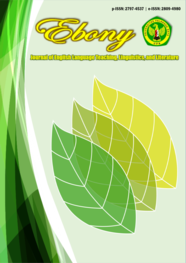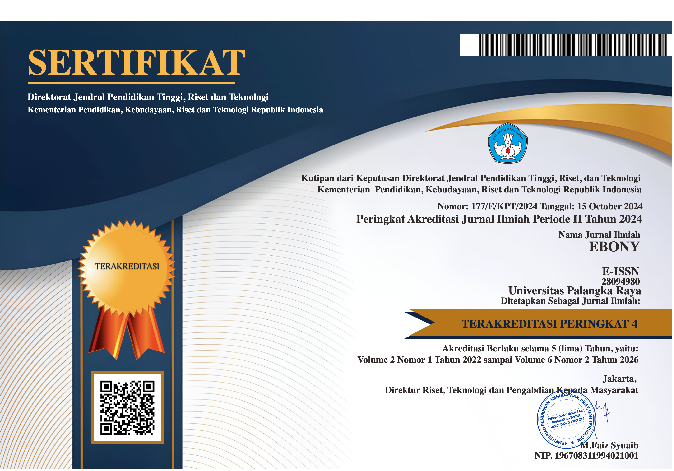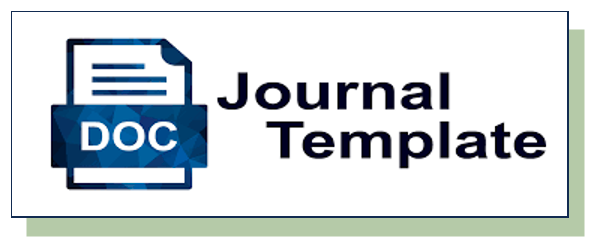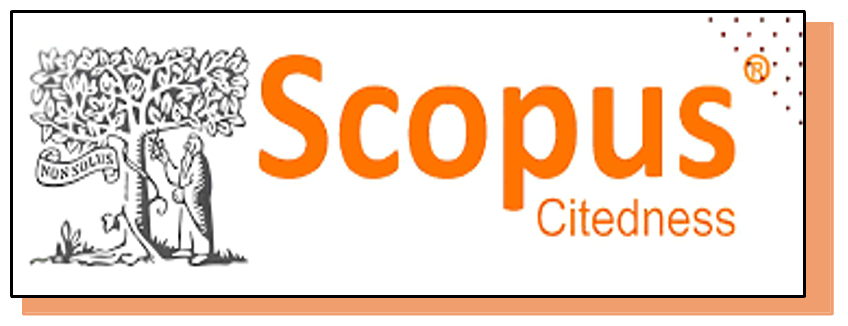An Analysis of Flouting Maxim Used by Mowgli in The Jungle Book Movie: Pragmatics Study
DOI:
https://doi.org/10.37304/ebony.v5i1.17153Keywords:
cooperative principles, flouting maxim, pragmaticsAbstract
This study aims to identify and describe the functions of flouting maxims in The Jungle Book movie using a pragmatic approach. Employing a descriptive qualitative method, the research analyzes Mowgli's utterances to reveal four types of flouting maxims: quantity, quality, manner, and relation. The most frequently flouted maxim is relation, highlighting Mowgli's strategies to survive and stay safe in the forest. Conversely, Mowgli rarely flouts the maxim of quality due to his sense of gratitude toward those who saved him. The research also identifies three functions of flouting maxims: competitive, collaborative, and convivial. Among these, the collaborative function is the most common, as Mowgli often seeks cooperation with various animals. In contrast, the convivial function is rarely used, reflecting his effort to maintain politeness and avoid causing offense. This study provides a concrete example of the application of pragmatic theory, particularly the cooperative principle, demonstrating its relevance in understanding characters' communication strategies in films.
Downloads
References
Arqum, M., Gull, K., & Lodhi, M. A. (2023). Marxist Analysis of Economic Conditions in “The Jungle Book”: Unveiling Socioeconomic Battles in the Animated World. Pakistan Social Sciences Review, 7(5), 1–10. https://doi.org/10.35484/pssr.2023(7-iv)26
Cinemascore. (2016). Cinemascore. Cinemascore.Com. January 10, 2025. https://www.cinemascore.com/
Coulthard, M. (2014). An Introduction to Discourse Analysis. New York: Routledge.
Creswell, J. W. (2013). Qualitative Inquiry & Research Design. London: Sage Publications.
Cutting, J. (2008). Pragmatics and Discourse: A Resource Book for Students. New York: Routledge.
Favreau, J. (2016). The Jungle Book [Movie]. Walt Disney Animation Studios. https://disneyanimation.com/
Gay, L. R., Mills, G. E., & Airasian, P. W. (1996). Educational Research: Competencies For Analysis and Applications. Englewood Cliffs, NJ: Prentice-Hall.
Grice, H. P. (1975). Logic and Conversation. Berkeley: University of California Press.
Grice, P. (1989). Studies in the Way of Words. Cambridge: Harvard University Press.
Ibrahim, Z., Arifin, M., & Setyowati, R. (2018). The Flouting Maxim In The Se7en Movie Script. Jurnal Ilmu Budaya, 1(2), 1–10. https://e-journals.unmul.ac.id/index.php/JBSSB/article/view/1016
IMDb. (2016). IMDb. Imdb.Com. https://www.imdb.com/
Leech, G. N. (1983). Principles of Pragmatics. London: Longman.
Levinson, S. (1983). Pragmatics. London: Cambridge University Press.
Marks, J. (2020). The Jungle Book Script. Penerbit Puspa Swara.
Mey, J. L. (1993). Pragmatics: An Introduction. United States: Blackwell Publishers.
Mey, J. L. (2001). Pragmatics An Introduction. UK: Blackwell Publishing.
Paul, & Kroeger, P. (2018). Analyzing Meaning: An Introduction to Semantics. Berlin: Language Science Press.
Rabecca, T., Lubis, M., & Nasution, E. H. (2021). Flouting Maxim Performed By the Main Character in the Edge of Seventeen Movie. Jurnal Darma Agung, 29(2), 273. https://doi.org/10.46930/ojsuda.v29i2.1080
Sagheer, I., Nadeem, T., & Nasir, J. (2024). An Analysis of Flouting Maxims in “The Magician’s Elephant” Movie 2023. Annals of Human and Social Sciences, 5(1), 298–309. https://doi.org/10.35484/ahss.2024(5-I)27
Thomas, J. (1995). Meaning in Interaction: An Introduction to Pragmatic. London: Longman.
Yule, G. (1996). Pragmatics. New York: Oxford University Press.
Downloads
Published
How to Cite
Issue
Section
License
Copyright (c) 2025 Muhsinah Dwi Lestari, Nuning Yudhi Prasetyani, Binti Qaniah

This work is licensed under a Creative Commons Attribution 4.0 International License.











